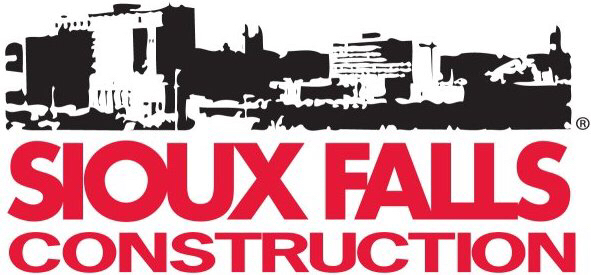Title Page
-
First Work Inspection - Roofing
-
The Clayton
-
Conducted on
-
Prepared by
-
Select date
General Information
-
Project
-
Building
-
Level
-
Area
Field Checklist
-
Verify installing contractor has been trained by the certified manufacturer. Obtain a copy of the training certification.
-
Verify elevation of roof drains and overflow drains/scuppers are correct. Prior to commencing roof installation, ensure all roof drains are complete and connected to exit the building with positive drainage away from the building.
-
Verify all counter flashing has been installed in accordance with the contact details at all of the following but not limit to: eaves, ridges, rakes, crickets, and valleys.
-
Prior to installation, implement a staging plan of roof materials to ensure the structural roof members not be overloaded. Plan should also include proper storage of insulation and cover form rather as well as ensuring stocking of roofing materials do not damage roof insulation/membrane.
-
Verify all roof penetrations and curbs have been installed correctly and in accordance with contract details prior to commencing roofing scope of work.
-
In multiple layered insulation system, verify butt joints have been staggered. Confirm all lap joints have proper width and proper adhesive/bitumen coverage. For modified built-up roofs: Ensure bleedout at laps are visible. Check T-laps for lift/openings.
-
Verify all flashing and reglets have been installed at correct elevation and in accordance with MFR installation instruction and contract details.
-
Confirm hot applied joint sealant is being installed within acceptable temperature range in accordance with the Manufacture's written instruction.
-
Confirm roof membrane is installed appropriately lapped over all parapet walls, curbs, ect, and is NOT stopped short of metal counterflashing.












